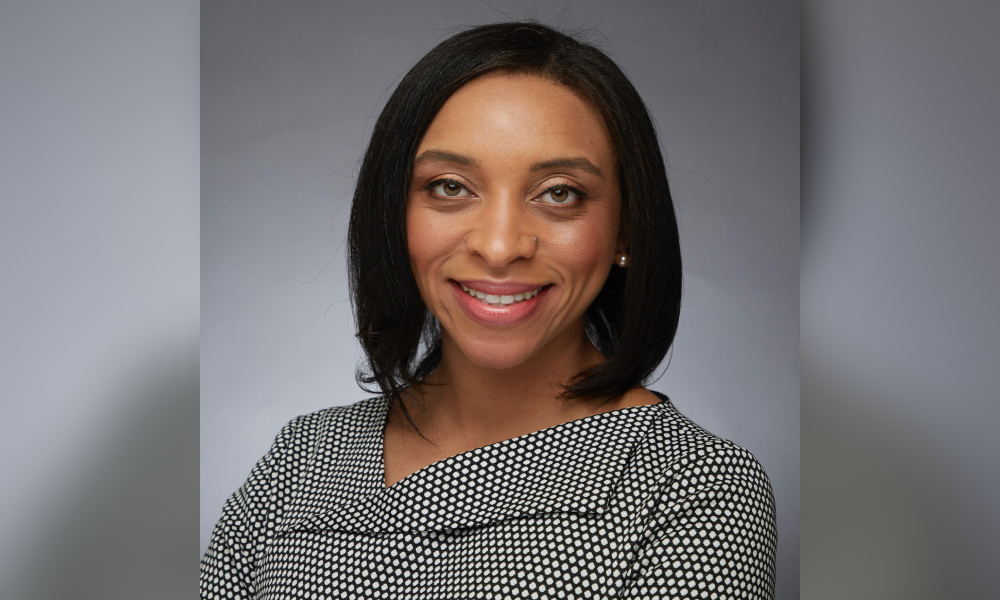
WeWork’s diversity & inclusion lead urges employers to take ‘human-centric approach’

Presented with a new way of working, the rise of hybrid work arrangements has given many employers a chance to rethink the function of a physical office space. Thanks to the pandemic, the assumption that everyone will be in the office 9-5, five days a week is no longer true. So, how can HRDs make the most of this monumental shift?
For WeWork’s global diversity and inclusion lead, the pandemic has created a unique opportunity to foster truly inclusive workplaces by encouraging employers to take a more agile and “human-centric approach”.
Speaking to HRD, LJ Louis, global head of talent acquisition, inclusion & diversity, said employee demand for greater flexibility has always been there under the surface, but the pandemic has both facilitated and accelerated the its rise.
“With a new trust between employers and their employees, repurposing the office as a space for collaboration and productivity and injecting greater flexibility into your working policies is key to surviving and thriving in the future of work,” she said.
Diversity and inclusion are often thought of as one conjoined facet. While they go hand-in-hand, they are also important to consider as standalone factors. The rise in flexible working arrangements has allowed employers to recruit from a more diverse talent pool, who may need to balance their job around factors like childcare or who live further away from the typical talent hubs. But HRDs must also look at how they approach inclusiveness for a hybrid workforce too.
Read more: Amazon HR: ‘Inclusion is the norm for all’
Louis said reimagining the physical workspace can help people to feel more welcome, encouraging them to bring their whole selves to work. A recent study by employment website Indeed found a substantial disconnect between Australian workers’ perception of how minority groups are treated in the workplace, and the lived experience of these groups.
Of the 2,060 workers surveyed, 62% of them admit to concealing part of their identity all or some of the time from their colleagues, and almost a quarter (23%) said they can’t speak openly in the workplace without fear of criticism. The data shows that despite what many employers profess to be doing, there is still a lot of work to be done to ensure workplaces are truly inclusive for all.
WeWork’s D&I strategy is grounded in four pillars – attraction, engagement, development and advancement. By taking a very active and deliberate stance on driving D&I, Louis said their efforts reinforce the company’s core values. We Work’s Global Diversity Leadership Council is made up of execs and senior leaders who advocate, sponsor and support D&I initiatives across the organisation’s workforce worldwide.
We Work also has regional D&I ambassadors who influence programming and partner with global Employee Community Groups to tailor initiatives based on the local environment. The ECGs are split into five main areas - Parents at WeWork, Pride of WeWork, Women of WeWork, Veterans at WeWork and We of Colour.
Read more: Wall Street VP: ‘My disability is my superpower’
Now as employees in ANZ are able to return to offices, Louis said it’s vital to ask their opinions on the future of work, but also to strive for equity across all employees.
“Inclusiveness within teams, especially at an executive level, makes a real difference in driving growth for companies,” Louis said. “Since some of us are working from the office, and others from home, we should be inclusive in our behaviours.
“That means we must understand how colleagues with varied abilities are able to collaborate with team members, and we must be thoughtful about how to engage employees as they work in different spaces in many locations.”
Research has shown the impact diversity has on innovation and driving market growth, but fostering inclusivity is also key to attracting and retaining talented employees from all walks of life. As organisations continue to rethink what their future of work looks like, now is the time to go back to basics and ensure the fundamentals are right.